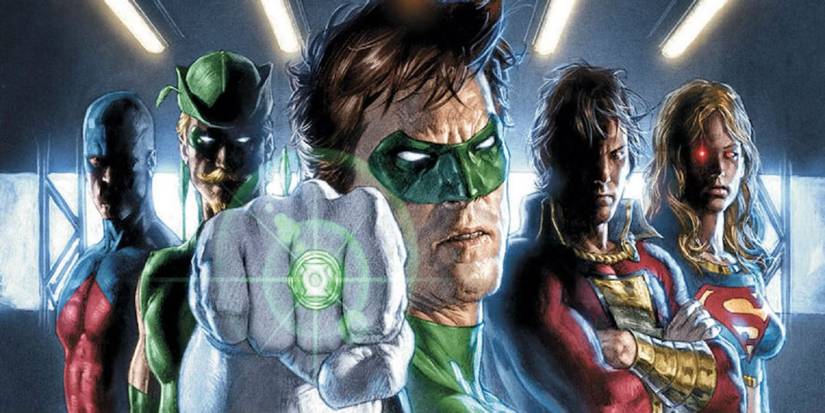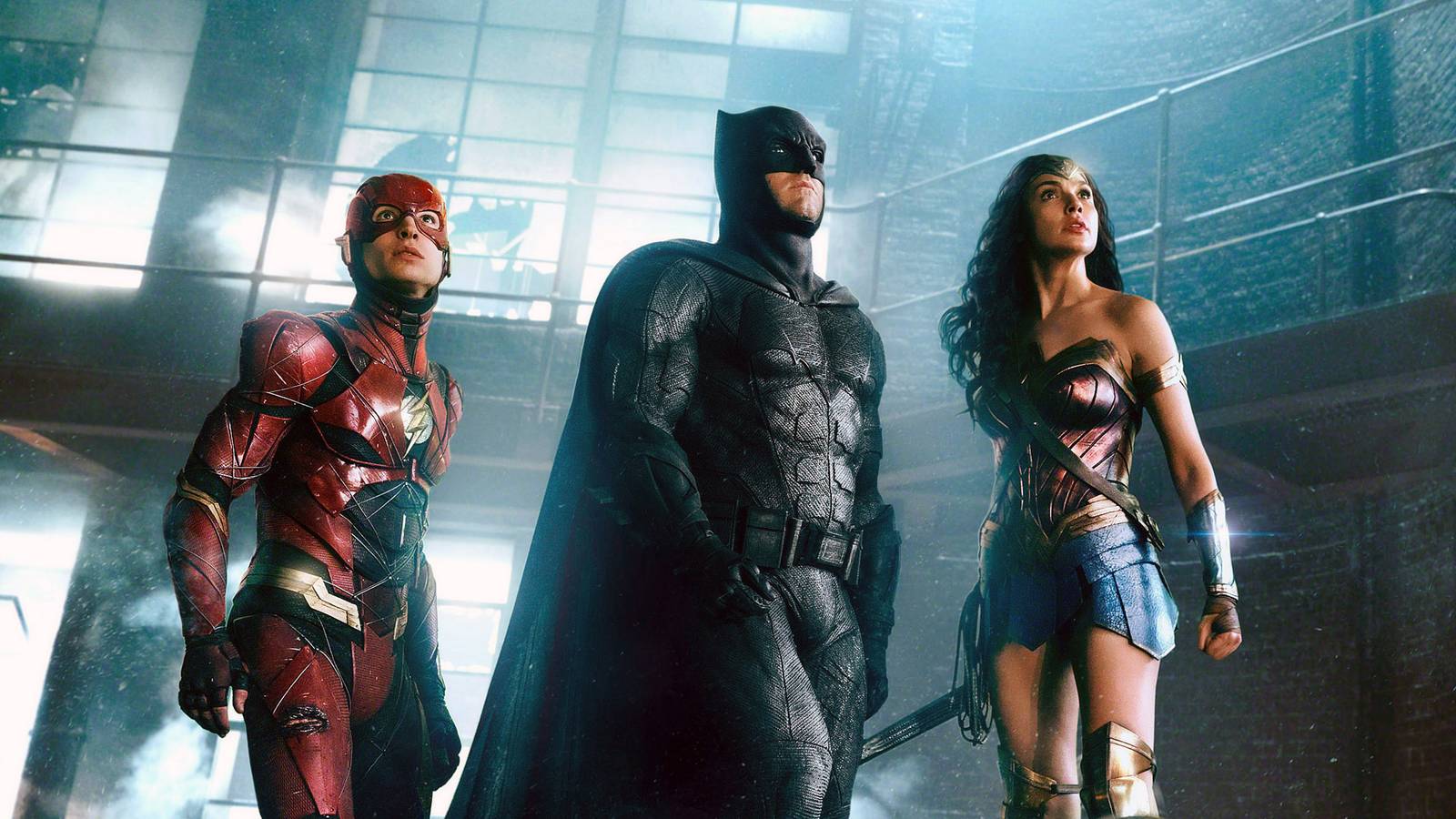The Justice League is DC Comics’ premier team of superheroes, with the group’s ranks usually including such mainstays as Superman, Batman, Wonder Woman and others. This pedigree has afforded them several incredible and epic stories, with many of these seeing the heroes vying to save the world in major ways. Unfortunately, not all of these tales are winners, and one of the final major stories before the New 52 reboot was a narrative nadir for the League.
Justice League: Cry for Justice was a veritable disasterpiece of torture and mischaracterizations, with the poor portrayals of certain heroes being matched only by the brutality of the story’s final moments. Worse than the story itself was its fallout, which utterly ruined two major DC marksmen. Meant to be a more proactive take on the team, the story was instead one of its worst showings ever.
Cry for Justice Saw the League Taking the Fight to the Villains
Written by James Robinson, who had made a name for himself on 1990s DC titles such as Starman and JSA, Justice League: Cry for Justice dealt with the aftermath of Final Crisis. Following the deaths of Batman and Martian Manhunter, the Justice League attempts to be more proactive in how it stops evildoers. This sees many of the team’s members going after various villains, especially those tied to the Secret Society of Super-Villains. It’s eventually revealed that Prometheus is behind many of the recent villain attacks, though he has something far more sinister up his sleeve.
All the while, the League becomes more divided, with some disliking the more overt actions of their colleagues. After a ruse tied to the Batman enemy Clayface, the plans of the true Prometheus in Cry for Justice are revealed, with major cities all having powerful bombs planted in them. These will not only violently explode, but also send the survivors of the cities back in time, leaving them utterly lost and derelict.
The first target is Star City, the home of DC’s resident archer Green Arrow, and while it ends up malfunctioning, the bomb still detonates and destroys the majority of the city. There are countless casualties, including Lian Harper, the daughter of Red Arrow/Roy Harper (who was once Green Arrow’s sidekick, Speedy). Roy is himself missing an arm after a violent altercation with Prometheus. Escaping the Justice League, Prometheus gets his comeuppance in the story’s finale, with Green Arrow killing him in his lair.
Cry for Justice Was Half-Baked and Completely Bad

Green Lantern holds up ring as Justice League of Atom, Green Arrow, Freddy Freeman, and Supergirl stand behind him.Credit: Image via DC Comics
Justice League: Cry for Justice never took full advantage of its main concept, which was that of a Justice League strike force that took out threats before they could make the first movie. It was similar to teams such as Justice League Task Force or Extreme Justice, with both of those groups prominent in the grim and gritty 1990s.
Going down this route would have made for a team closer to Wildstorm’s Stormwatch or The Authority, and those groups are notably divergent from the kind of role that the Justice League usually occupies. Given how dark the story was, this would have actually made sense, and it could have set the stage for multiple versions of the Justice League with divergent agendas. Sadly, the divide between certain Leaguers was never explored, and this saw the story merely poking at ideas that it should have at least grabbed.
The story doesn’t try to take a hard look at heroism amid loss, and the fact that both Batman and Martian Manhunter are already dead in Cry for Justice is glossed over far too much. The underrated Martian Manhunter is considered the heart and soul of the Justice League, so this was an especially big loss. It’s an easy narrative element that would have strengthened what themes the series actually emphasizes, and it showcases just how half-hearted everything is.
The biggest members of the League are notably absent, and even this goes unnoticed. Likewise, the various deaths and cameo appearances by obscure characters such as Congorilla feel incredibly tacked on, and they don’t organically build to anything. They’re tied to the actions of Prometheus, but it feels like something that could have been either as random as it seems or orchestrated by just about any other bad guy.
If that weren’t bad enough, Cry for Justice tries to seem deep and even “cool” amid its more harrowing plot developments, which are some of the story’s worst elements. Justice League: Cry for Justice is just a harsh, ugly and brutal book at times, especially given the large amount of gore. The poor nature of the story means that the Star City massacre at the end rings hollow, but the moment is made worse by the death of a child in the form of Lian Harper.
Something that should be truly tragic comes off as blasé at best and exploitative at worst. There are also strangely comedic aspects that are downright unintentionally hilarious because of how deathly serious the story takes itself. These include Congorilla randomly changing his size (with this later being retconned as a new superpower of his) to the infamous “I like toffee apples” line. Some of these aspects might almost be acceptable, even if the story as a whole was bad, but the impact on two heroes made Cry for Justice unforgivable.
The Worst Justice League Story Ruined Green Arrow and Red Arrow
If the story itself wasn’t bad enough, Justice League: Cry for Justice was a disaster for the Green Arrow family, who never recovered from its events until long after the series was published. Green Arrow’s murder of Prometheus saw him both booted from the roster of the Justice League and exiled from Star City, and to make matters worse, Dinah Lance/Black Canary divorced him.
Mia Dearden/Speedy went off on her own, and Oliver Queen really had no one left in his corner. This was especially the case given that Roy Harper, his former sidekick, was in even worse shape. Having lost his arm and his daughter, Roy was a vengeful and bitter, broken man who sank lower than ever before. Going back to his former identity of Arsenal, he also relapsed into heroin use, signifying how far he had fallen. After all, his former drug addiction signaled the end of the Silver Age of Comics, but Roy’s return to drugs was the start of a new dark age.
This culminated in the infamous Justice League: The Rise of Arsenal, a miniseries that was just as bad, if not worse, than Cry for Justice. It had the same edgy, dark tone, despite being almost offensively laughable in several parts. The Rise of Arsenal is notable for having Roy Harper hallucinate that a dead alley cat was his deceased daughter, with this becoming a veritable, if morbid, meme among DC fans.
Roy forming a new version of the Titans alongside supervillains was the cherry on top, and many fans outright despised what DC had done with him. Strangely enough, the resulting Green Arrow series was actually well-received, and it directly dealt with the events of the preceding story in a way that suited the street-level vigilante. It was somewhat cut short by the advent of the New 52 reboot, which drastically changed things for Green Arrow and his related cast of characters.
The New 52 rebooted and heavily changed DC Comics continuity, and that was especially the case for Green Arrow. Now much younger, he had no ties to the heroine Dinah Lance/Black Canary, who herself wasn’t unrelated to the Justice Society of America or a sense of legacy. Roy Harper/Arsenal was somewhat different and is now fond of wearing trucker hats, and his relationship with Oliver Queen was far different.
Due to how the history of the Teen Titans was rewritten and the sense of legacy was removed entirely from the DC Universe, the extended Green Arrow family members were nowhere to be found. This didn’t start changing until DC Rebirth, which undid many of the New 52’s changes. After a few years, the Green Arrow family was restored, and Lian Harper was even established as being alive and older now. Still, this took over a decade to come to pass, showcasing how long Justice League: Cry for Justice impacted DC’s history.

